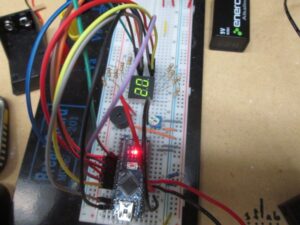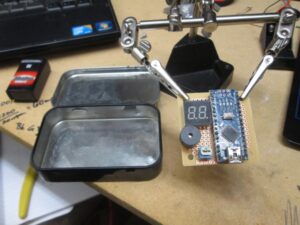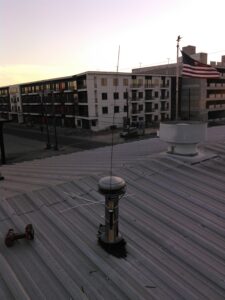I’ve been getting frustrated trying to find complete/useful information on building a radio from scratch. All of the designs I find are really old and have parts that are hard to find now or are new and really complex. I realize that the transmission standards are higher now, but is there no middle ground? I’m looking for simple with modern and easy to find (read cheap) parts.
It would seem that QRP CW is my answer for now. I’ve found some homebrew QRP SSB, but I’m not sure I’m ready for that. Possibly the best resource I’ve found to this end is qrpme.com. They have lots of cool little QRP rigs and accessories to choose from ranging from about $30 up to about $50. I’m looking at the Lil’ Squall II that’s based on the infamous Pixie II, but with a crystal socket and changeable lowpass filter. It’s still fixed frequency, but you can easily change the crystal and filter and jump to other frequencies or even whole different bands. This kit is so simple and so well documented, that I’m going to attempt to build it from parts that I source myself whether from scavenging from other stuff, my local Hackerspace or ordering from EBay. I’m hoping to keep my cost well below the already inexpensive kit.
I’m also looking at the Rockmite II kits on the qrpme.com site. I will probably end up just ordering one of these kits when I can save up the $50 and justify spending it on a radio.
Another possible solution that recently caught my eye is the Arduino/AD9850 DDS combination that may allow one to build a VFO radio for less than $30. That sounds pretty cool. I’ll have to do some more research on this to see if it’s what I think it is. I’m not really sure what this would be capable of. If it would pick up and send CW, that would be cool enough for me. If it can also be used as part of AM, DSB, SSB or whatever, that would be rad.


